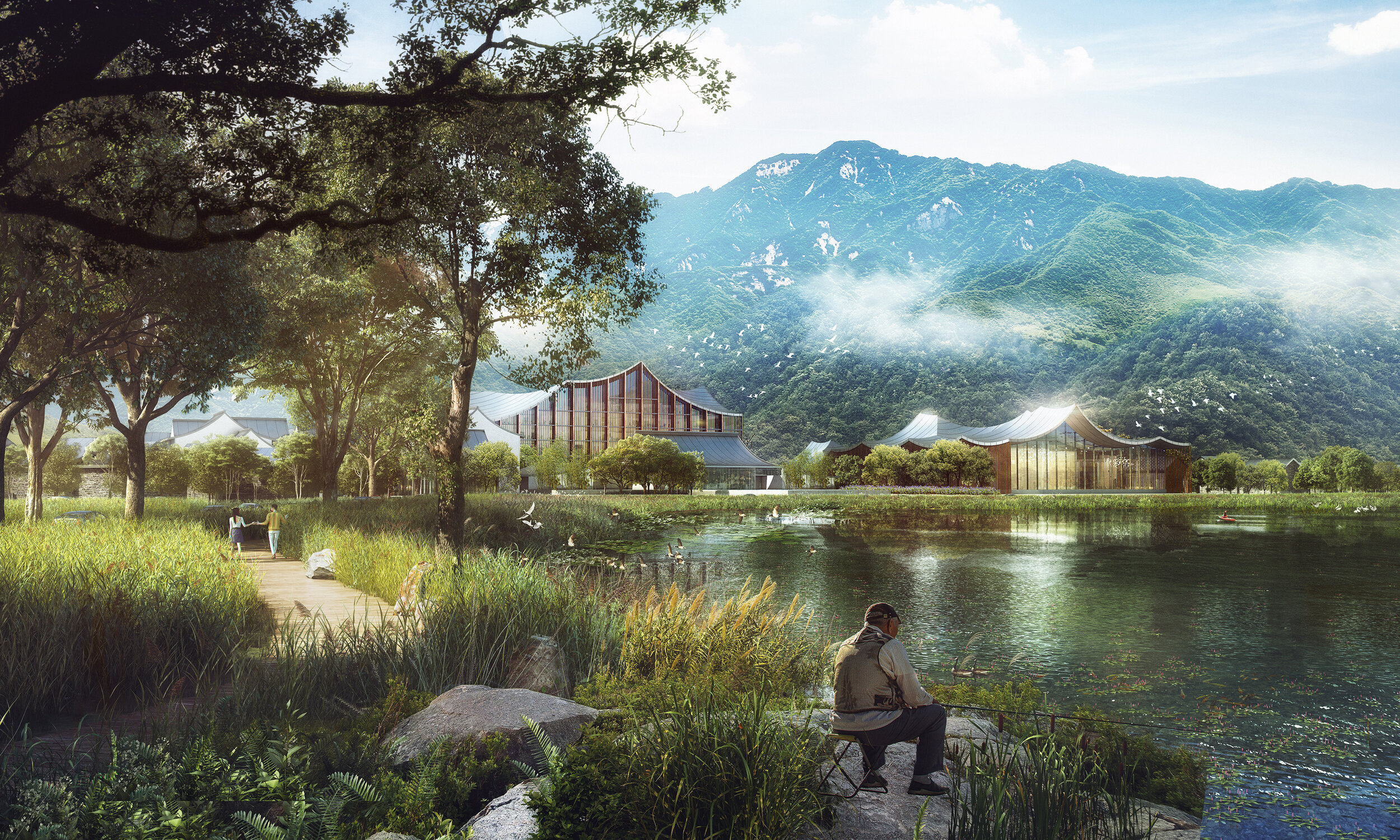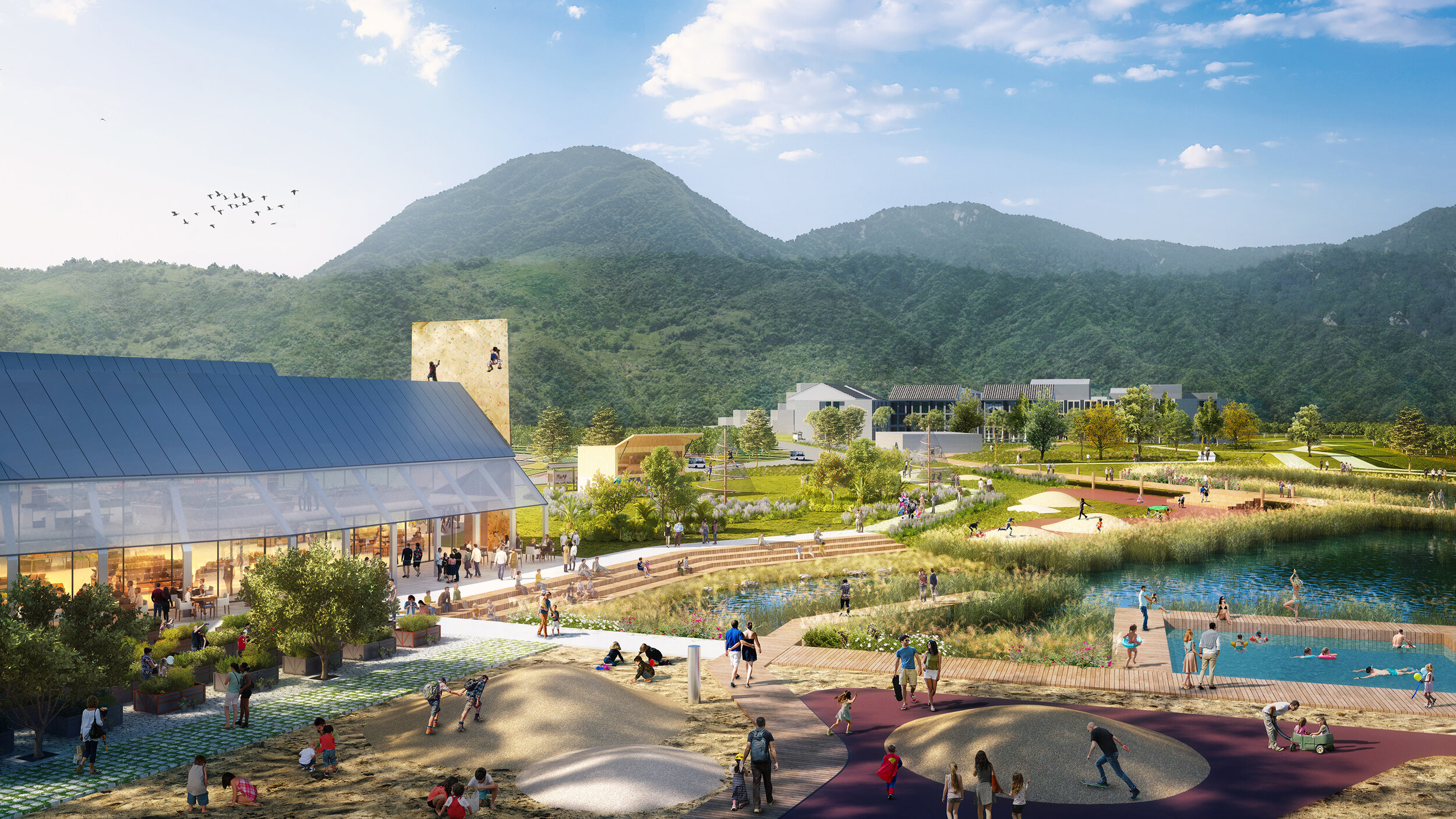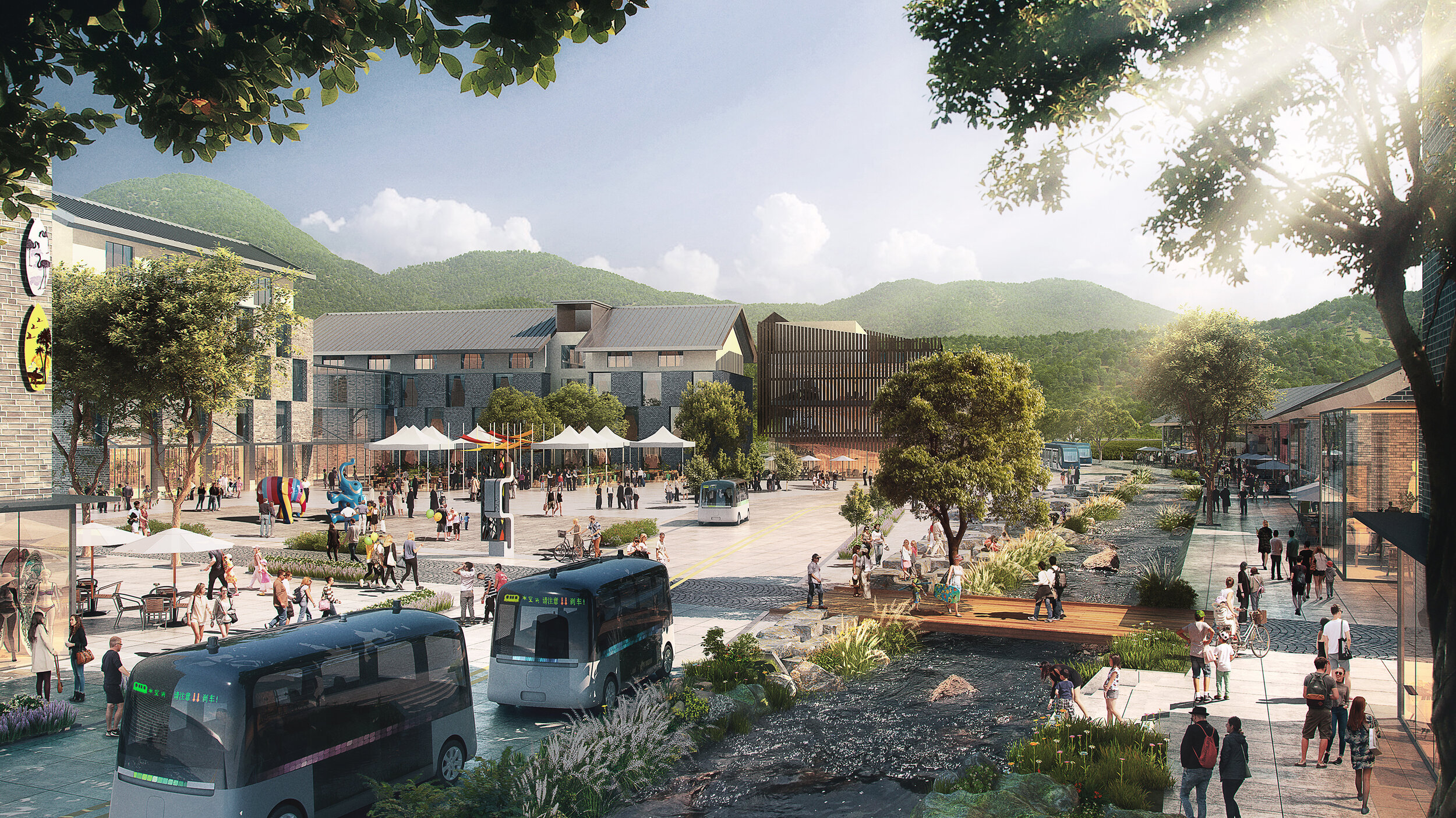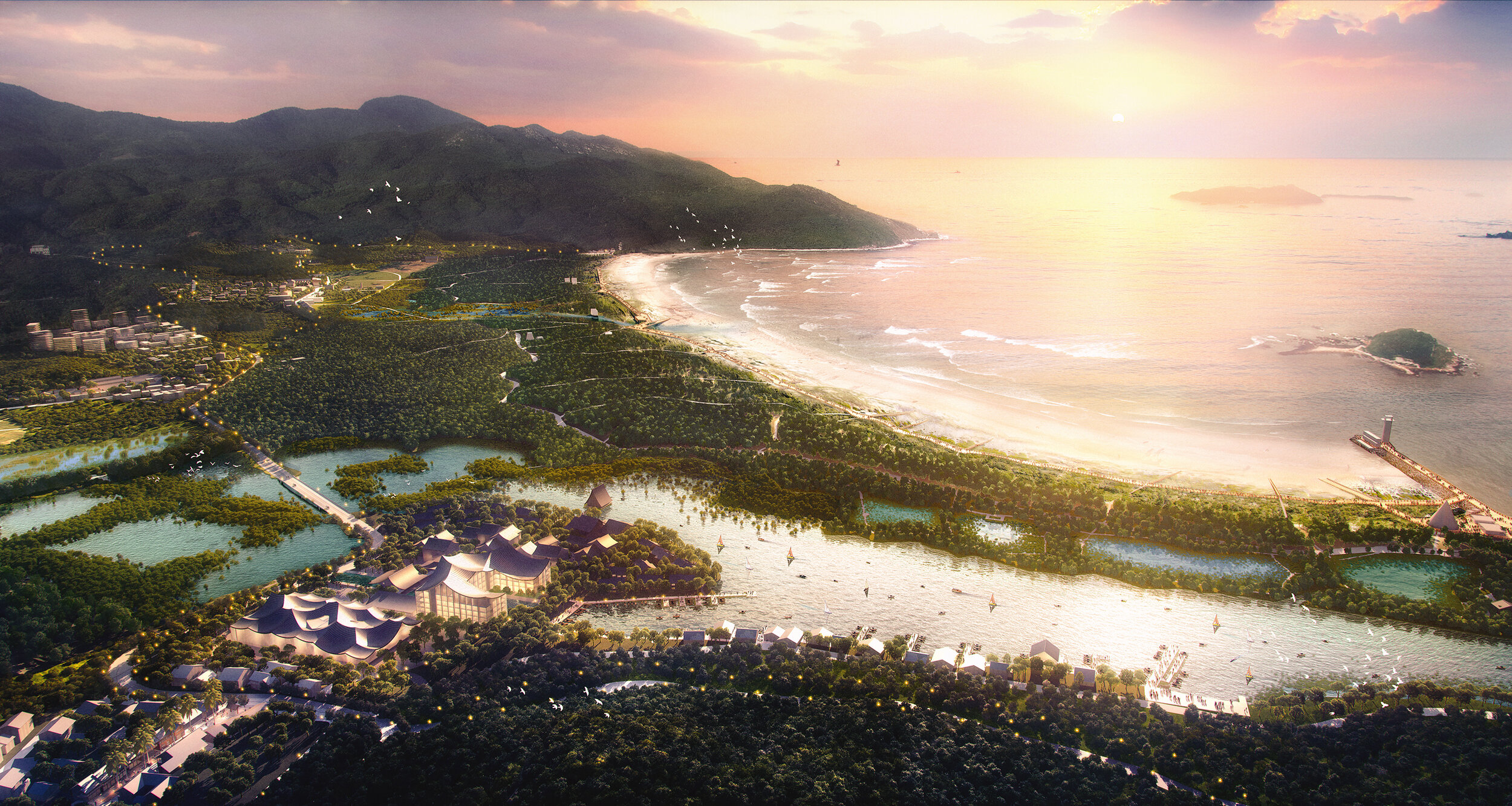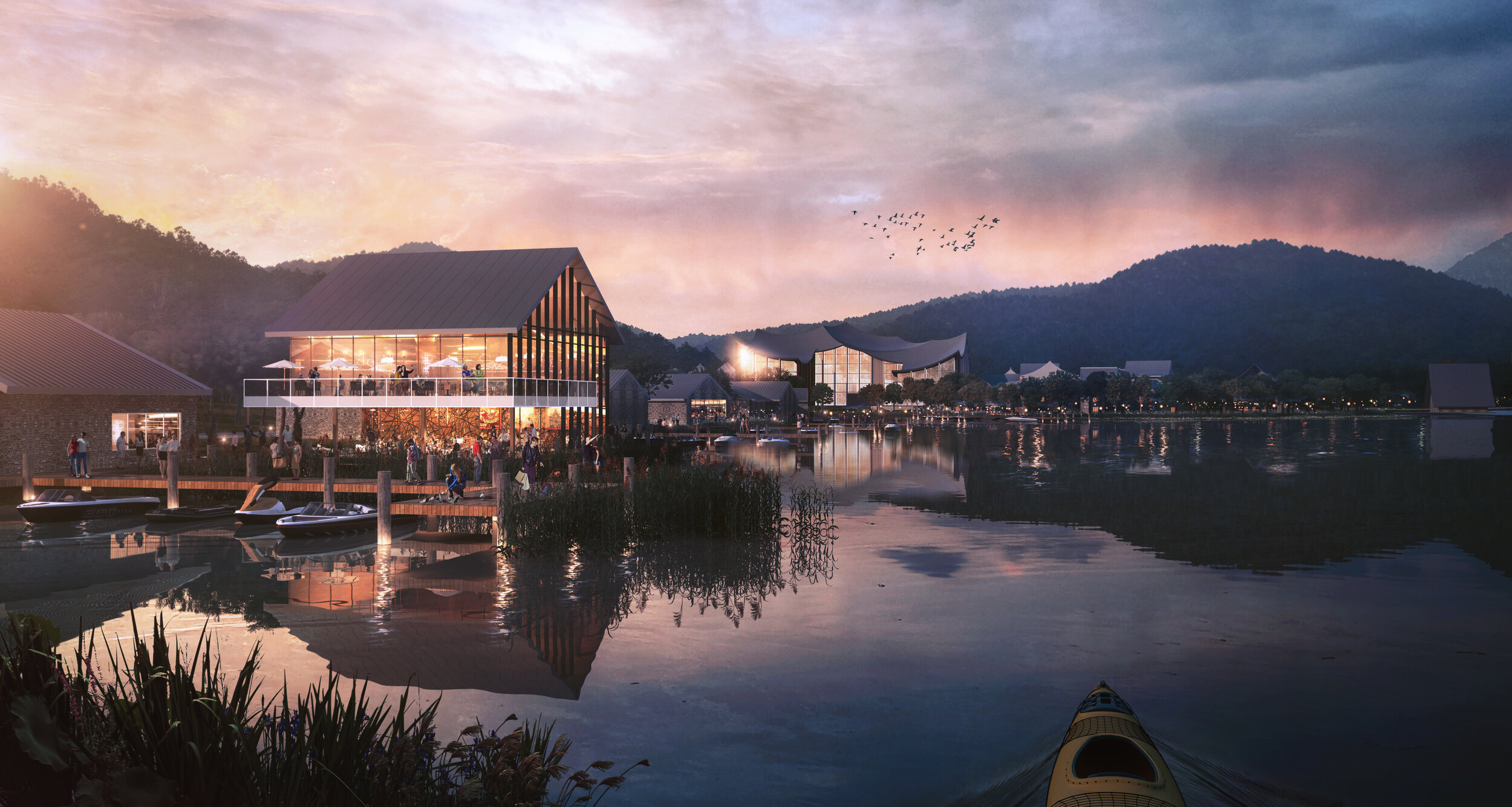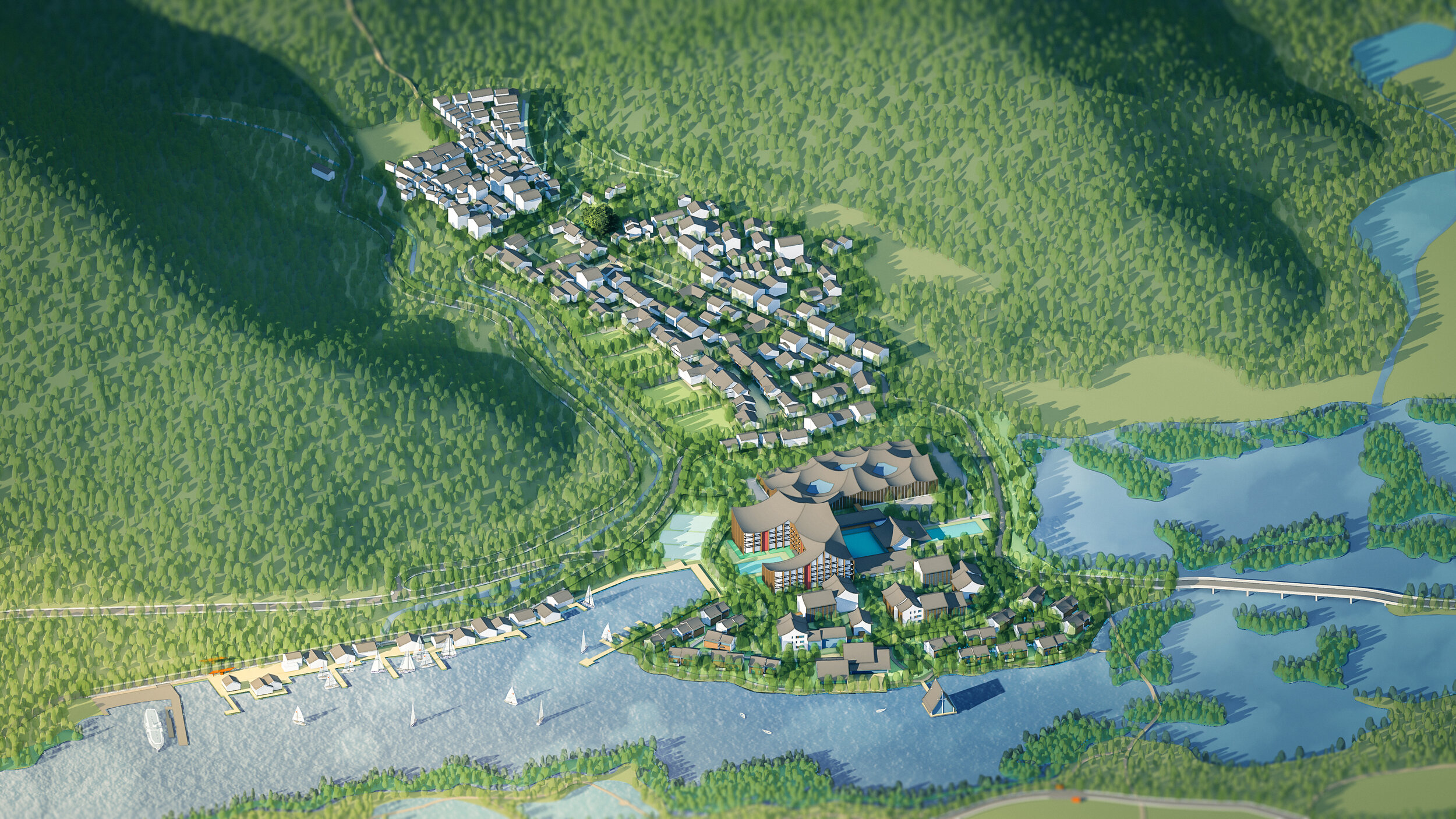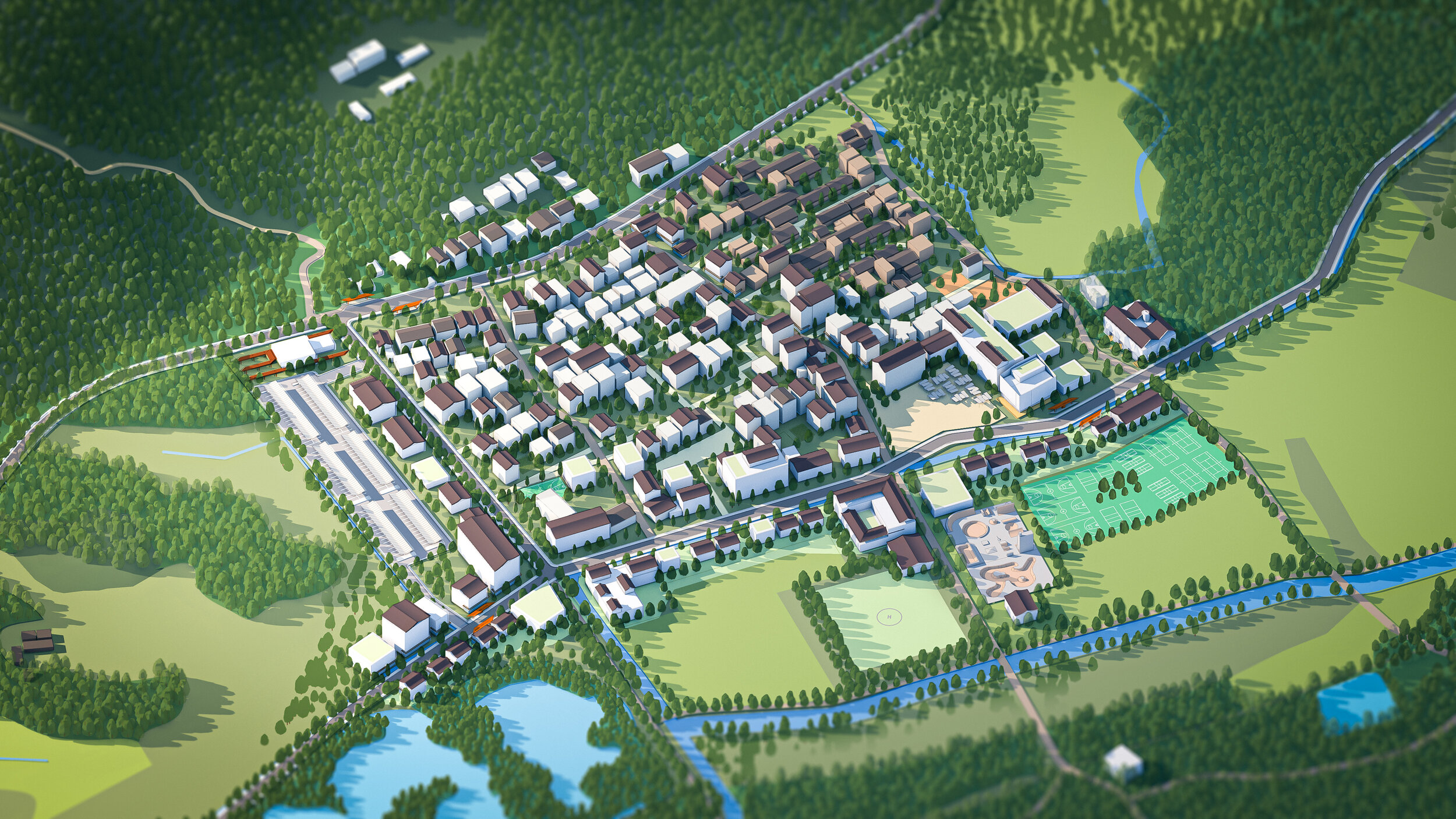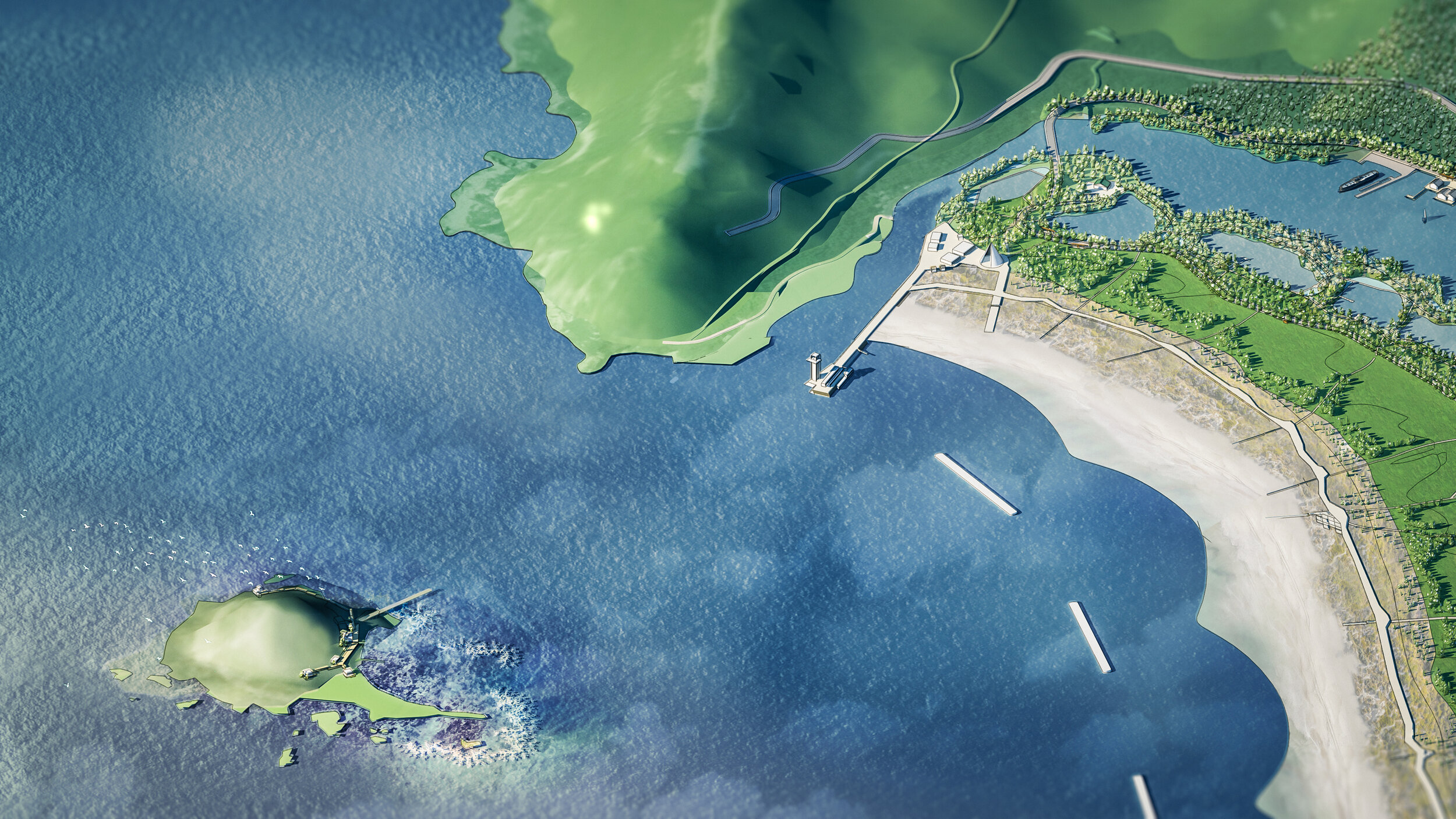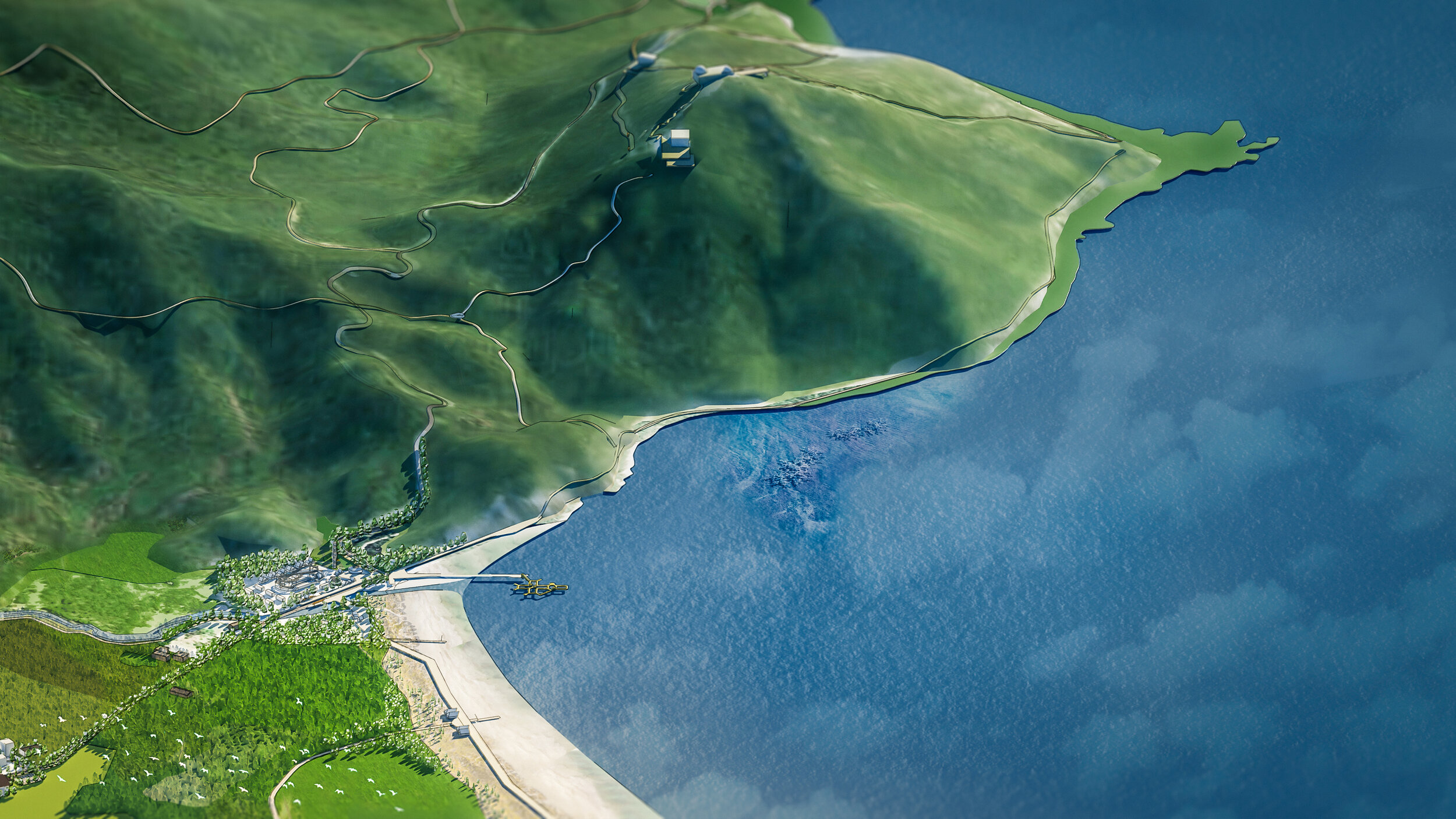
The Bay of the Rising Sun, Xichong Masterplan
Year: 2019
Location: Shenzhen, China
Area: 18km²
Contribution: Masterplan and Urban Design
Award: 1st prize competition
In September 2018, the typhoon Mangkhut hit Xichong. While the destruction was severe, ongoing development had already critically endangered the natural protection of the peninsula, particularly in the context of rising sea levels. The post-disaster reconstruction was seen as an opportunity to address the long-term development plan of the area and to elevate the silver-lined beach into a global ecological tourism centre. An open-call for proposal was organised in 2019 and Tekuma Frenchman in consortium with Gensler was selected along with seven other teams to develop a masterplan. Its proposal was awarded joint-first place together with two other international consortiums.
Rather than building anew, the objective was to restore nature, the agricultural land, and the cultural vestiges of local communities. Hence, rather than treat Xichong like a conventional urban area, we proposed to create a Special Ecological Zone. This innovative management model would support the ecology while fostering industries with local communities having stewardship over their land. This strategy and design philosophy will make Xichong a unique cultural and ecological global destination.
Unique Solutions
Proposed the establishment of a ”Special Ecological Zone” which will pioneer a new model of development that can achieve both economic growth and ecological sustainability. This new definition would allow to uniquely position Xichong within the greater Shenzhen region. It would also grant stewardship of the land to the residents and instill a sense of pride and belonging for the local community.
Defined a comprehensive“Return to nature” plan which can be summarised by three principles 3Rs: restore the ecosystem; remodel the green infrastructure; reactivate the local community.
Designed an international conference resort hotel which would be the heart of the project. Rather building along the beach and harming the protective layer of dunes, wetlands, mangroves, and forest, Tekuma Frenchman proposed a lagoon sheltered from the bay. The conference centre sits on a peninsula surrounded by former fishponds which have been transformed into a clear lagoon. The integration of existing village settlements were also key in the design. Substantial housing for locals/workers, public amenities as well as a comprehensive public transit system were included in the masterplan.
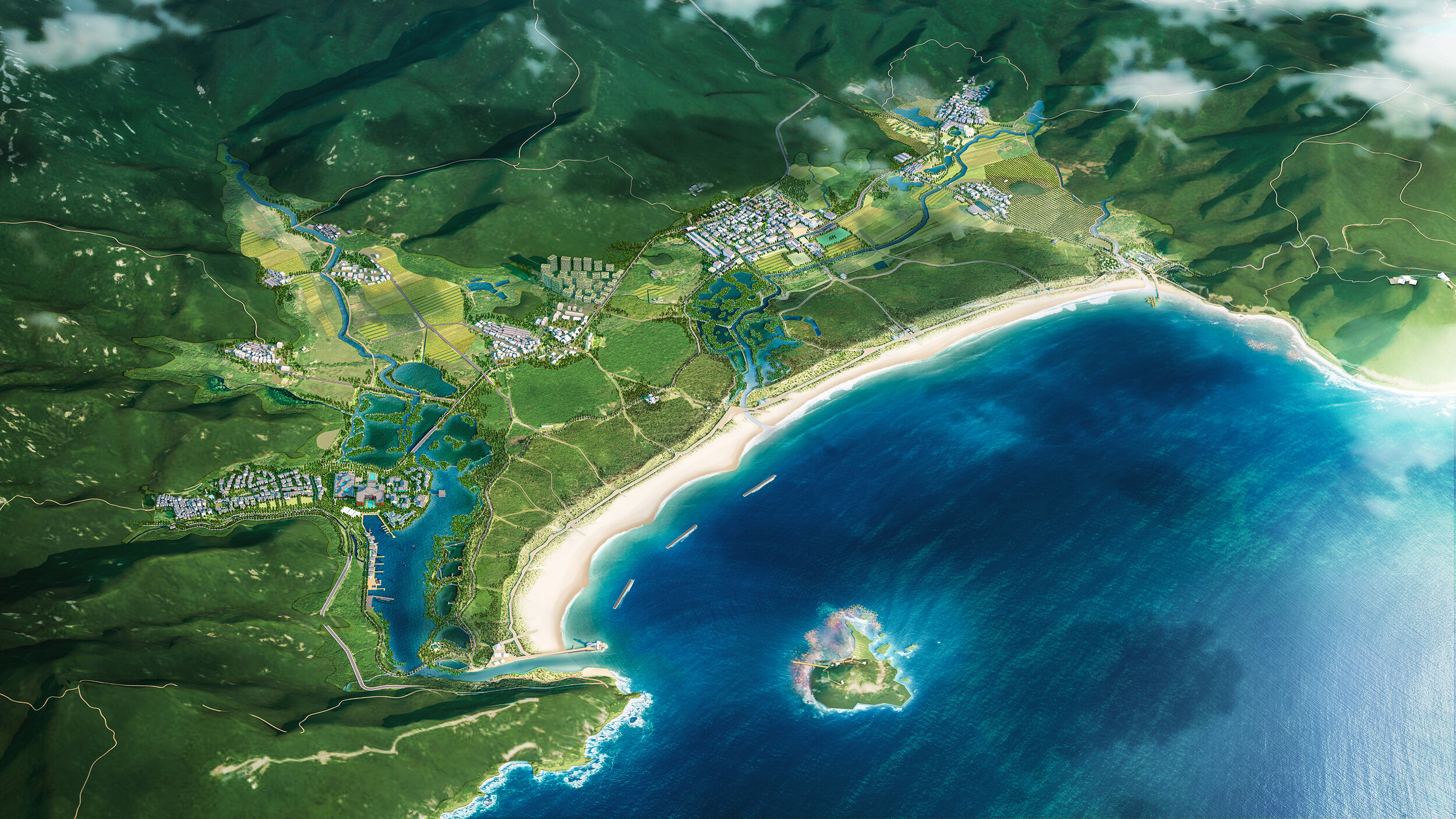
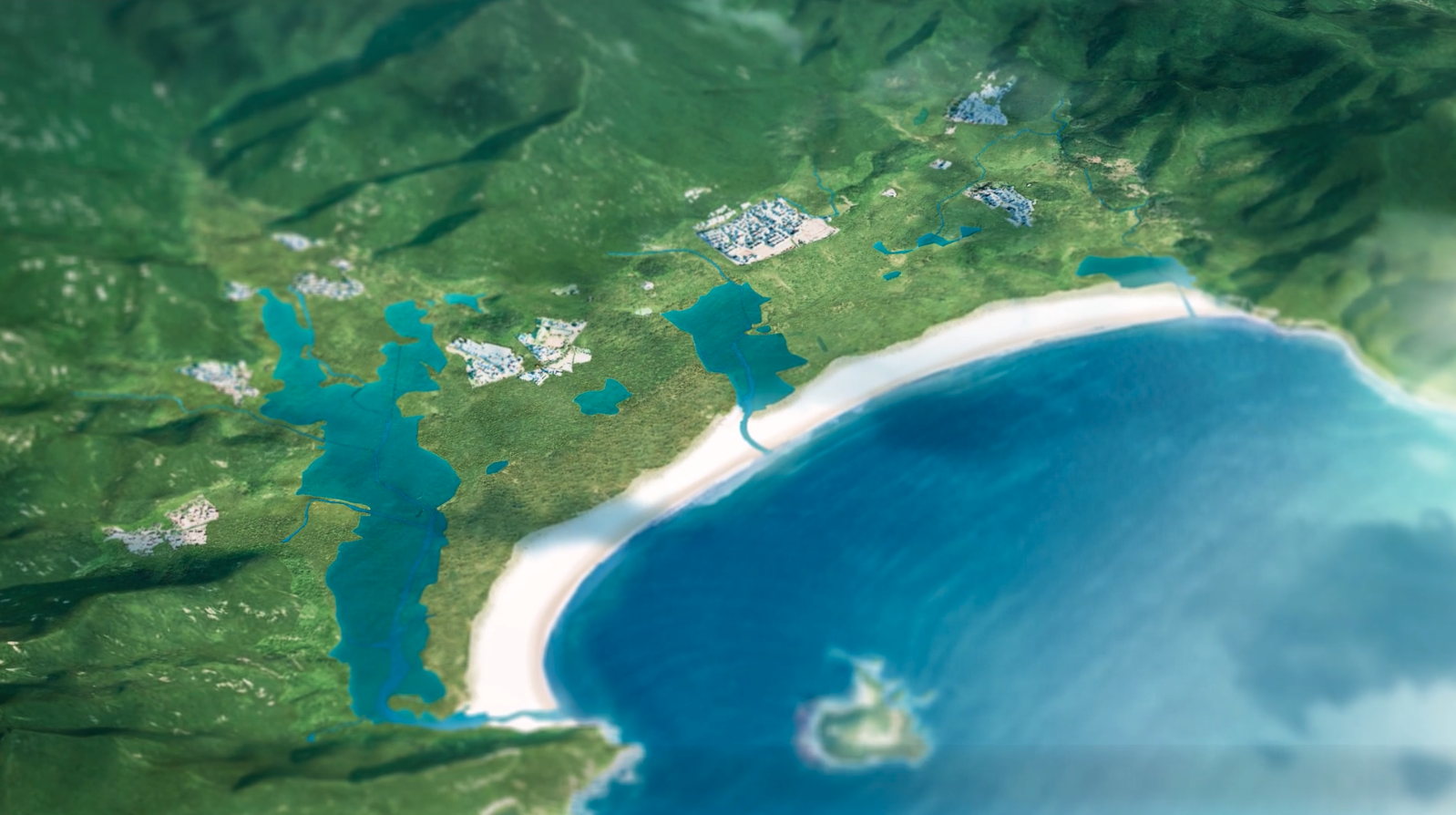
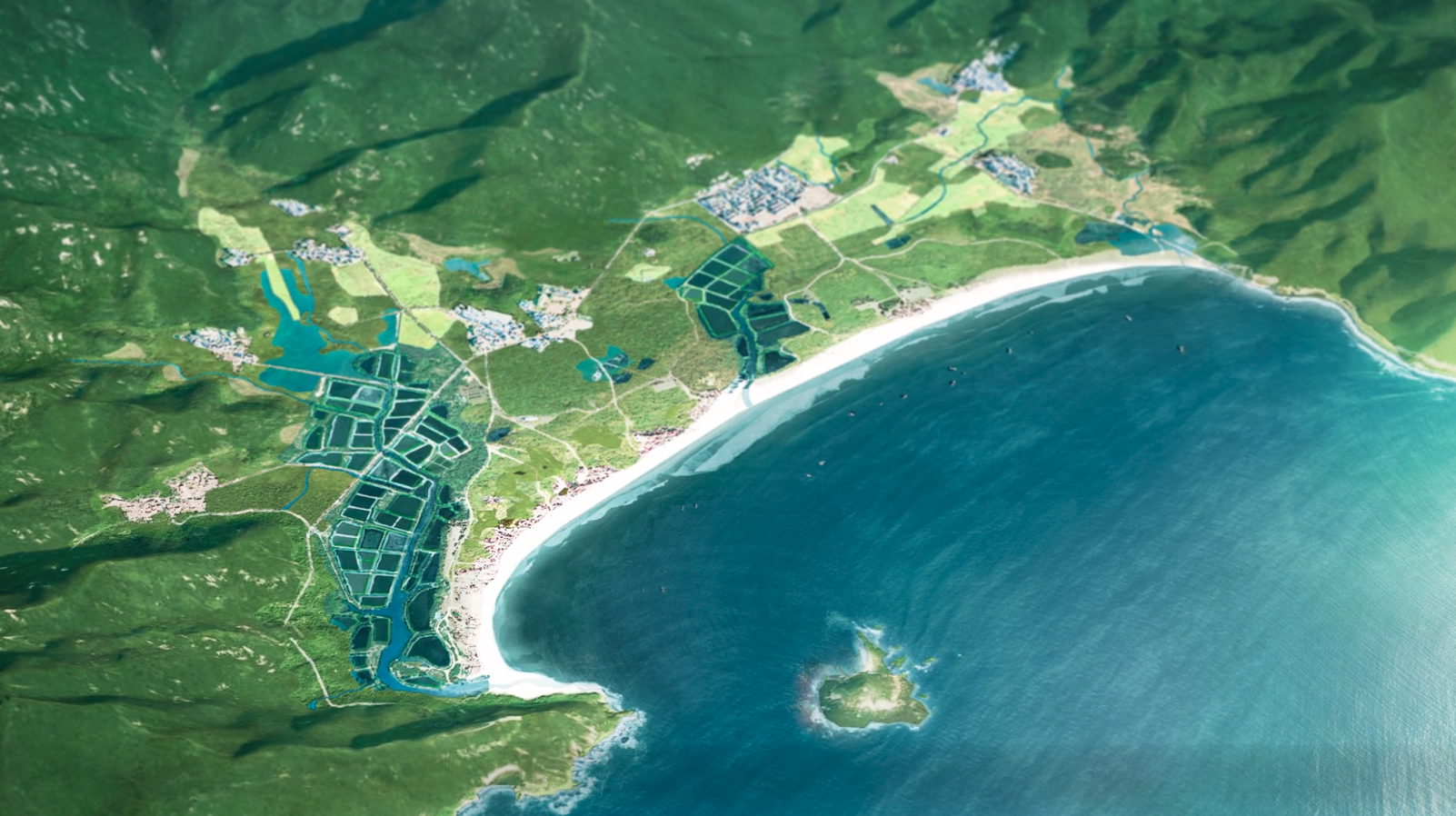
““They respected nature but also transformed
it: wind-protection forests, Fengshui forests, orchards and farmlands harmoniously coexisted between the mountains and the sea.””
Following the formation of its special economic development zone, Shenzhen’s urban construction developed at rapid pace. The original mountain-village structure of Xichong was soon swept by powerful urbanisation forces and the original ecological environment of Xichong was damaged to varying degrees.
The design follows mid-density development characteristics, concentrating the project construction area on the West bank of the lagoon and preserving the shoreline of the peninsula as a nature reserve. Transforming the fishponds into wetlands and expanding the riverbed of the Xichong river results in the creation of a lagoon, a novel and unique attraction for Xichong.


